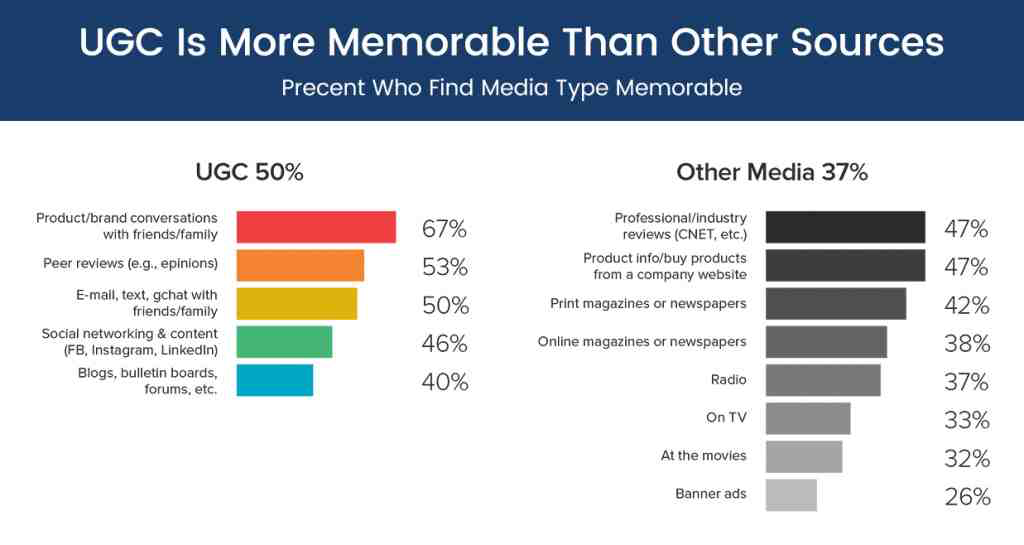The disruptive force of Generative AI has recently claimed another scalp. This time, it is the music industry, where its ability to recreate distinctive singing voices down to scarily accurate nuances in tonality and expression is throwing record label execs into a meltdown.
It’s not strange that artists and publishers would want to secure their rights against AI-generated impersonations, especially when current business models are based on controlling the use of IP. Unfortunately for them, the dam has clearly already burst, like, massively. The ability to freely sample their favourite artists’ voices is in people’s hands, and they are loving it. Covers and original tunes made using AI-impersonated voices are being released online by multitudes of users and garnering millions of views.
This is truly a turning point in the music industry, and the shockwaves are being felt across the world of media and entertainment. But is this really bad for business, or is there an opportunity for creators to ask themselves how their IP can be a catalyst for creativity?
Isn’t this just typical of the internet?
The outpouring of unmoderated user-generated content is part and parcel of the evolution of the internet as a tool for democratised content sharing and communication. But that’s just the beginning, and digital creator economies are quickly becoming central drivers of market value for many creative and commercial industries.
From being able to put up web pages, to today’s community-driven content creation platforms, the evolution of the internet has led audiences away from passive consumption of media, towards a preference for media that is interactive and social. Effectively, it has turned mass audiences not only into visible critics and commentators but equally into full-on contributors to the broader creative landscape.
Both independent and corporate creators have benefitted immensely. Social media platforms enable them to reach huge, readily monetizable audiences at relatively low cost. Meanwhile, fan communities have also flourished through the ability to engage in discussions and share content around their favourite artists, creators and brands beyond official boundaries. It is in this guise that fan fiction, for example, has become a reliable, if sometimes slightly unhinged, accompaniment to most media franchises. The ability of average people to make their creativity seen in the digital-native era has shifted the goalposts as far as engagement with media and what it means to be a fan.

Brands and content creators are changing their approach to outreach, advertising, and engagement to make the most of this. They are putting less emphasis on simply ‘getting in front of eyeballs’, and more on supporting and rewarding creative activity in interactive events based on their brand or IP. This enables them to receive far greater engagement, loyalty and lifetime value from their target audiences, who relish the opportunity to exercise their individual agency in memorable ways rather than acting as mere consumers.
In this regard, Nike is an early forerunner. For a long time, users have been able to create custom shoe designs on the company’s website and have them delivered straight to their door. The improved functionality of web apps has made this easier, quicker and more creatively rich. It is no surprise, therefore, to see them pushing the envelope in Web3 and the metaverse.
This is also becoming an important capability in the realm of entertainment. In a previous blog, we highlighted how the use of game engines for virtual production in filmmaking enables big-screen-ready virtual assets to be distributed directly to users to create new experiences of their own. This is an example of new technologies powering deeper reuse of recognisable elements of a brand or artistic product for interactive fan engagements.
And this is where the recent madness around AI in the music industry comes in.
Remixing IP – the new way of using AI to unleash fan creativity
We have seen how, as soon as they were able, fans latched onto the ability to play around with their favourite artists’ voices to spawn their own creations. Brands, publishers, and artists will hopefully come to realise that this is an inevitable and commendable impulse of human creativity – to take something that inspires them and make something new with it.
As AI-impersonations become more powerful, this question increases in urgency: is the dissemination of ‘remixed’ branded content a hijacking of closely-guarded IP, or is it a chance to support and enhance fan engagement around their recognisable and uniquely valuable designs, sounds and styles?
There is no right answer to this, of course; creators each have the right to decide how their creations are used. But for those who embrace it, there is a tremendous opportunity to be at the forefront of an evolving paradigm.
Our suggestion: artists can help themselves by taking the role of creative directors and taste-makers, putting their stamp of approval on select pieces of user-generated output based on official AI-enabled samples, templates, and likenesses. Curation is not only the best way to ensure that quality content rises to the top, but also a rewarding and supportive means of keeping fan creators within the artist’s community and sphere of influence. This is how they get ahead of the unmoderated spread of content that will always happen on the internet.
The opening up of creator economies is been a central topic in discussions of the metaverse and Web3. Even as these buzzwords drop off in popularity, there is ample evidence that the concepts that they encapsulate will underpin future iterations of the internet.
By lowering the barrier to entry for creating new possibilities in the ‘remixing’ of IP, the emergence of generative AI is driving the formation of dynamic creator economies, supported by brands and artists that provide them with value in line with evolving consumer preferences. In doing so, IP holders can be secure in the knowledge that it is, after all, their unique talents, styles, and characteristics that are driving fans to create fresh content for their communities. Learn how to cultivate that effectively, and everyone benefits.
